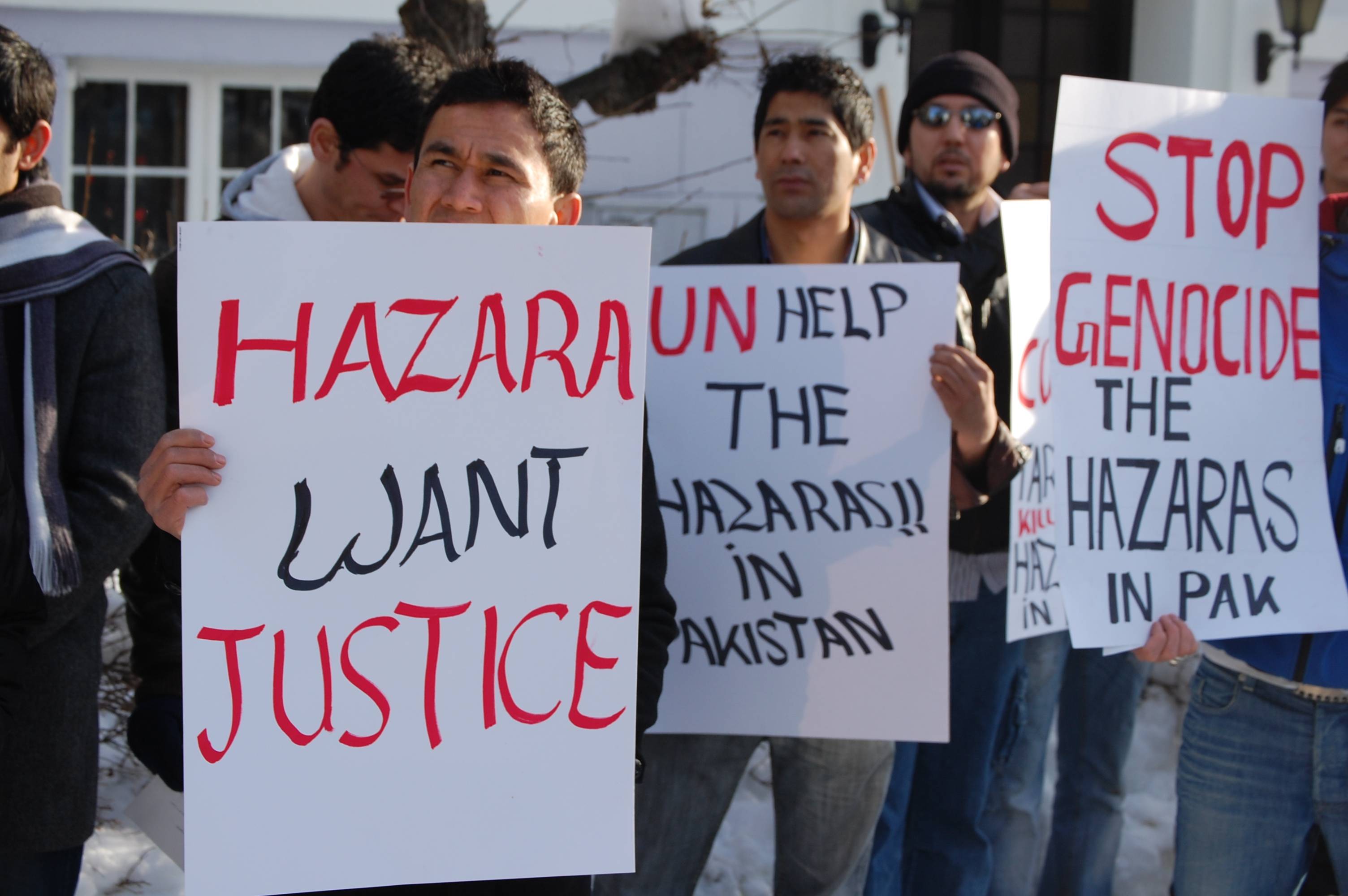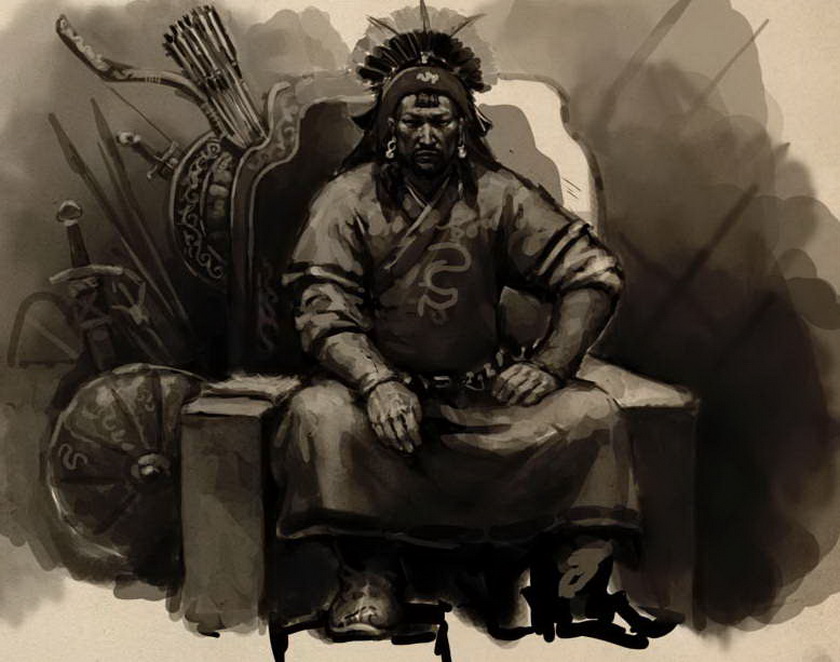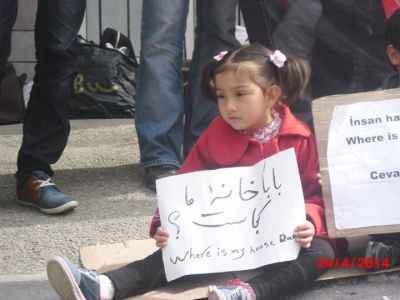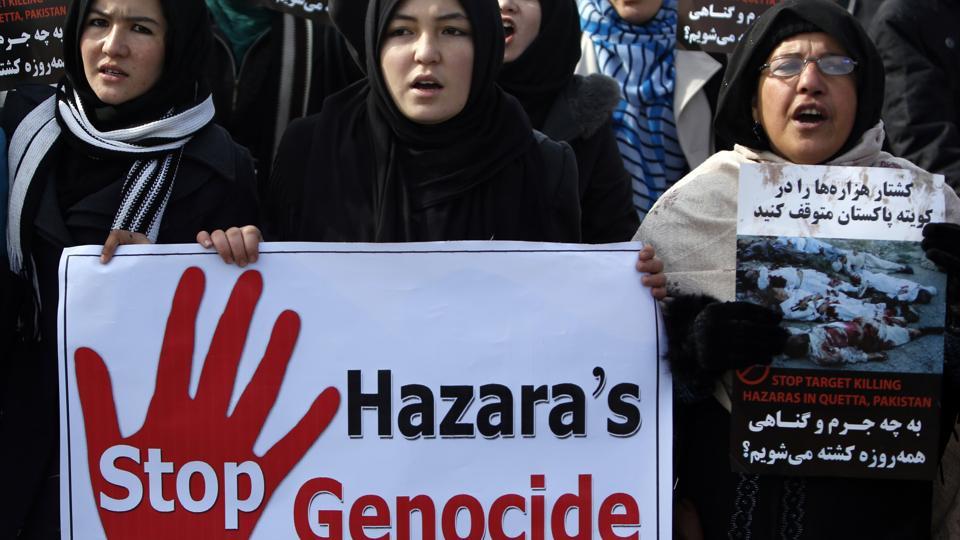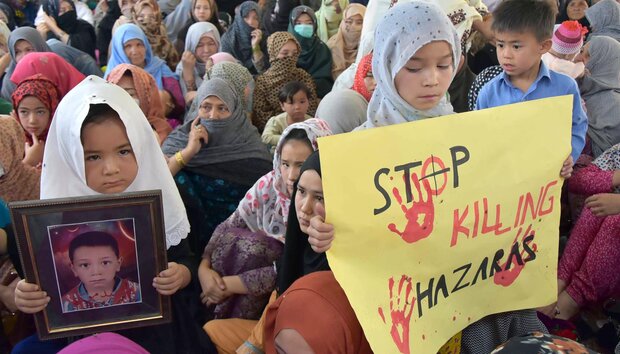Since it just came up in another thread...
The origin and early history of the Mongols are legendary only, as is often the case with the peoples of central Asia; even the roots of the name are not clear. Modern history has generally accepted that it derives from the word mong, meaning brave, but the first authentic word on the Mongols comes from Chinese chronicles of the Tang dynasty (618-907). Together with later records, they reveal that the Mongols, as a group of unconnected tribes (Naimans, Tartars, Merkits, Keraits), lived along the Herlan Gola river, now a border area between Mongolia and Manchuria in China.
In the twelfth century, the Mongol clan system broke down and large families (aili) separated from the clan groups, and became the basic units of social and economic structure. Grazing lands were still in joint ownership, bur herds belonged to families. Private ownership led to stratification and the creation of aristocratic feudal families, and a gathering of heads of the wealthiest families (nojons) had absolute power in the tribe. They had their companies of armed retainers (nukers) whom they fed, clothed and armed, and who, in return, guarded them in war and hunting and ensured their power in the tribe. Ordinary families became increasingly dependent on the nojons, who began allotting pasture rights and offering protection from other tribes. For these services, they took regular tribute in cattle, goats and milk products. The strengthening of these relations led to the nojons becoming a specific type of cattle-raising/warrior feudal class. Defeated Mongol and non-Mongol tribes were obliged to pay tribute and render military service: tribal leaders of the vanquished became vassals of the victors. This led to the unification of large territories under the leadership of the militarily strongest tribe.
The decisive role in the unification of the Mongols was played by a group of north-eastern tribes, among whom the Taidjyut and their leader Temujin were particularly prominent. Temujin (whose name means 'the finest steel') used raw military power to bind the Mongol tribes under his leadership. The great assembly of chieftains (Kurultai) proclaimed him Genghis Khan, meaning very powerful khan, and by 1209 large parts of central Asia were under his rule.
The Mongols were excellent riders, very good shots both on horseback and on foot, hardy, temperate in their needs and adept at combat and war. Military organization was an important factor in their successful wars of conquest between 1211 and 1280. For military purposes, the whole Mongol territory was divided into three areas: the left wing in the east, Junghar; the right wing in the west, Barunghar; and the central area, Khol. These areas were organized according to the decade system, of which the largest unit (tumen) had 10,000 men. These were able to carry out independent sorties, and if needed for operational purposes, several tumens formed an army. Each had ten regiments of 1,000 men (minghan), each regiment ten companies of 100 (jagun), and each company ten squadrons of ten (arban}. There was also a guard unit of 10,000 chosen men (keshik). Some tribes and clans were grouped into minghan or tumen units, which ensured the unity 'of the formations, and therefore of the whole Mongol army. On large expeditions, command was nominally awarded to members of the dynasty, but real control was exercised by experienced warriors like Jebe, Subotai and Mukuli.
Nomadic life in the vast steppes of Asia made excellent warriors of the Mongols: conditions of life were difficult, and enemies and armed robbers abounded, threatening their cattle and families. The Mongols were natural riders, good shots from horseback and on foot, resilient, had small needs, and were skilled in warfare and combat. They had a quality then unknown in the west: team spirit.
During the lean winter months, hunts were organized to feed the family and the tribe. These horseback forays, in which bows were used, foreshadowed in many ways their future military campaigns. The leader of the hunt had to be obeyed, and complete cooperation was expected of all participants. The trail was followed in absolute silence, the hunters communicating by visual signals, and this could go on for days. Once the quarry was tracked down, the hunters surrounded it, and shot it with arrows or captured it with lassoes. If a hunter allowed an animal to escape from the circle, he was severely punished.
Building on the basis of these small hunting bands, Temujin organized one 'large hunting band' - the army. It consisted of over 100,000 men, and ensnared many opposing forces in its trap during the Mongol conquests of 1211-80. Discipline was strict, as evidenced by preserved fragments of Gengis Khan's law, the Jasa. Special attention was devoted to matters of heredity, obedience and treason, but even without these strictures, obedience and respect for superiors seems to have been an inbred trait of the Asian nomadic tribes.
All men between the ages of 15 and 60 had to go to war. Nobody was paid, but everyone had an equal share of the spoils of war; part being reserved for the great khan. Every warrior carried his own tools, food bowl, supplies, and waterproof bag for crossing rivers; each man had three to five horses, which could be used as food if the need arose. The horses were about 14 hands tall, and were related to the wild horse discovered in the last century by Colonel Przevalsky in the steppes of what is now Mongolia. The Mongols usually rode mares, because of the milk, and because these were followed at a distance by foals and stallions, who helped to keep the herd of reserve horses together.
The best warriors were taken into the khan's guard (keshik), which numbered 2,000 men until 1206, and 10,000 thereafter. It was divided into the day watch (turghaut), 1,000 strong, the night watch (kabtaut), also of 1,000 men, the sharpshooters (korchin) (1,000) and the khan's personal guards (baatut), numbering 7,000. The guard remained under arms even in peacetime, and assured the khan's rule. Even though it was mostly made up of the aristocracy, others could reach high positions in the army according to their merit and regardless of origin.
Genghis Khan's army was exclusively equestrian. Later, infantry, artillery (catapults) and engineers were added. Some of the mounted units were intended for close combat, some only for combat at a distance, and their armament differed accordingly. Those destined for close combat were armed with a lance, provided with a hook for pulling opponents from their horses; a curved sabre with honed point, used both for cutting and thrusting; two bows, for shooting on foot and from horseback, with various types of arrows, depending on target and distance. They wore lamellar armour of cured leather. The units for long-range combat were usually armed only with bow and arrow, with a sabre sometimes added. They wore no armour, and used a shield only when on guard duty.
At the time of their great conquests, the Mongols had the best army in Asia. They undertook a series of aggressive wars, and the extent of the territories overrun places them among the greatest conquerors in history.
Between 1211 and 1234 they captured China and all of central Asia; by 1240, southern and central Russia had also fallen. In 1241, they set off towards Europe. At Szydlowec they defeated the united army of the Polish duchies, at Liegnitz that of the Polish and German knights and the Knights of the Teutonic Order, and at Sajo river the Hungarians. They devastated Moravia, Transylvania and Hungary, advancing as far as the Adriatic Sea. However, the death of Genghis Khan's successor, Ogodei (1229-41), stopped further conquests in Europe.
The Mongols pulled back to decide on a new leader. After a short period of peace, they destroyed the Caliphate of Baghdad in 1258, and captured a large part of Syria, but were defeated in 1260 at the Battle of Ain Jalut. This was the definitive end of their westward drive, but their expansion continued into southern China, which was taken in 1280. The Sung dynasty was overthrown, and Kublai Khan ascended the Chinese throne, founding the Yuan dynasty.
The Mongols prepared carefully for every military expedition, devoting special attention to gathering data about the political, economic and military situation in the country they intended to attack. Infiltration of agents into enemy ranks was common practice; their tasks included fomenting discontent and spreading insubordination. In war, they tended to avoid clashes with large and well organized enemy forces, often trying to outflank them and thrust deep into their rear, attacking their important centres. Thanks to their great maneuverability, they had easy advantage on the battlefield. Reconnaissance and security units were sent 30-60 miles in advance of the main force, and communications were maintained through mounted messengers.
No information exists on any organized battle fought by the Mongols, but it can be surmised that their tactics did not differ much from those of other nomadic peoples who had attacked Europe earlier. They were simply better organized and armed, and more adept at combining strikes and archery attacks. They executed their tactical operations flexibly and with precision.
Attacks were usually carried out in deep formation, most often in four lines. Prior to this, various demonstrations and manoeuvres were carried out to mislead the enemy. The attack usually began with salvoes of arrows, and continued with a charge, the aim of which was encirclement. Part of the armoured heavy cavalry, trained for close combat, was left in reserve, and used to deliver the decisive strike when the outcome was in the balance.

